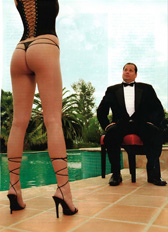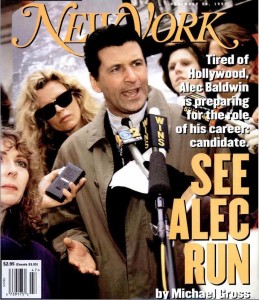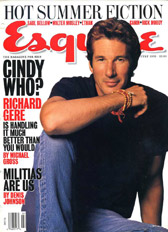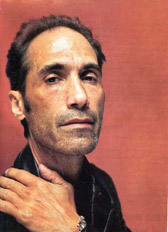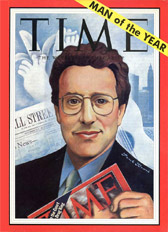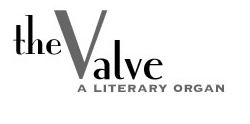
Bill Benzon has penned a great essay on Rogues’ Gallery for The Valve, the literary web site. He calls it “a tell-much extravaganza… about the rich and powerful folks behind New York City’s Met, one of the finest art museums in the world. Stick this Rogues’ Gallery in your weekend bag or on your night stand and read it at your leisure. It won’t disappoint… With only a little more effort, however, and perhaps a little thought here and there, you can read a more substantial book, one that raises a serious question: Is the social web that created and sustained the Met about to disappear, leaving the Met with the life prospects of a beached whale? Even as he was having fun digging into the archives and tracking down skeletons in Fifth Avenue closets, Michael Gross was, in effect, rethinking the nature of The Metropolitan Museum of Art. Rather than thinking of it as a big solid structure that house and protects three millennia’s worth of art treasures, Gross came to present it as a fragile network of social relationships that somehow manages to balance the good, the bad, and the ugly in such a way that The Beautiful has a home… Gossip about the people who built the Met is the history of an institution told at the level of individual desires and actions. And, if gossip is a moral activity directed at maintaining social norms, then Rogue’s Gallery becomes something of an intervention directed at the institution itself.”

